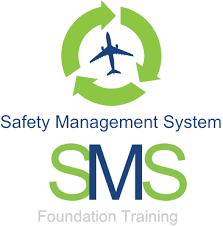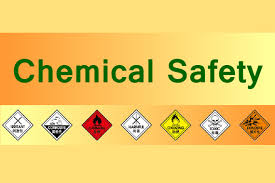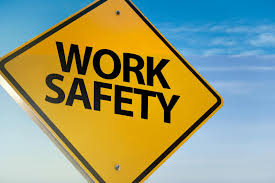
Safety Management Systems (SMS)
Description:
A Safety Management System (SMS) is a comprehensive framework designed to identify, assess, and control safety risks within an organization. It involves a systematic approach to managing safety, ensuring compliance with regulations, and promoting a strong safety culture.
Key Components of an SMS:
- Safety Policy: A high-level statement of the organization’s commitment to safety.
- Risk Assessment: Identifying, evaluating, and prioritizing safety risks.
- Hazard Control: Implementing measures to eliminate or minimize hazards.
- Emergency Preparedness and Response: Developing plans for responding to emergencies.
- Training and Education: Providing safety training to all employees.
- Incident Investigation and Reporting: Investigating accidents and near-misses to identify root causes and prevent future occurrences.
- Performance Monitoring and Review: Regularly monitoring safety performance and conducting reviews to identify areas for improvement.
Benefits of an SMS
- Improved Safety Performance: Reduced accidents, injuries, and fatalities.
- Enhanced Reputation: Demonstrated commitment to safety and social responsibility.
- Legal Compliance: Ensured compliance with safety regulations and standards.
- Increased Productivity: Reduced downtime and improved efficiency.
- Cost Savings: Lowered costs associated with accidents, injuries, and property damage.
- Stronger Safety Culture: Fostered a positive safety culture among employees.
Author: HNK Globals Institute








